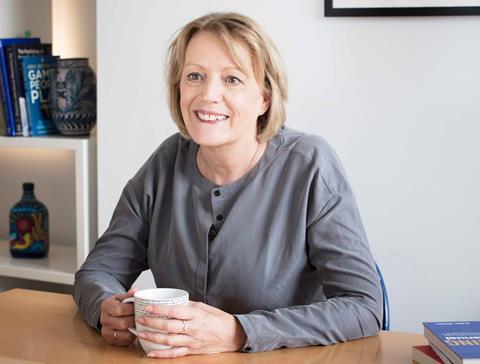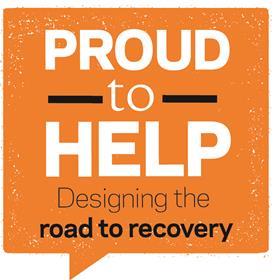Curiosity is often overlooked as a leadership skill but practices suffer without it, says Louise Rodgers

Ten years ago, if you asked a group of people to describe the key attributes of a good leader, you would get answers such as “decisive”, “inspirational”, “articulate”, “charismatic”. Leadership, now as then, can mean all of those things but these days we hear other leadership qualities praised, such as “empathy”, “authenticity” and even “vulnerability”.
These words have all cropped up in conversations about leadership featured in the podcast I co-host with Rachel Birchmore, Coaches On The Couch. One that wasn’t mentioned quite so often was “curiosity”, and yet it ran as a thread through every conversation we had.
This made me wonder why curiosity as a leadership skill seldom makes the list. When it is not only present but fully practised, curiosity can oxygenate creativity and innovation; things we are all going to need more of in the coming months and years if our businesses are to thrive.
We are all born curious. Curiosity is one of the first cognitive pathways we develop. Most of us are familiar with the “why?” stage of childhood, when every activity, request or new experience is questioned. Neuroscience tells us that when we successfully match experience with knowledge we get a little dopamine hit that makes us feel good and drives us to want more of it.
But somewhere along the way many of us develop inhibitions around questioning. Social anxiety and fear of failure or of being judged can all get in the way. It stands to reason, then, that good leadership involves not only practising curiosity for oneself but also encouraging it in others.
One way we can do this is by creating an environment in which curiosity can flourish. People need to feel psychologically safe at work in order to exercise curiosity. If the prevailing culture is one that is cautious about, or even resistant to, new ideas or is simply over-reliant on its leaders to do all the problem-solving then anyone who has an idea outside of the box may hesitate to articulate it. It is only when people know they won’t be put down for asking a question, or voicing an opinion, that they will have the confidence to speak up.
Most design businesses will say that what they value most in the people who work for them is their creativity and problem-solving skills. But when it boils down to it client demands, deadlines and the sheer pressures of productivity often tell a different story. The curiosity that gives rise to creativity takes time, and this is the very thing that might be in short supply. Measuring outputs, rather than outcomes, can result in curiosity not being given the room it needs to breathe.
To allow space for curiosity, leaders sometimes have to stand aside and acknowledge that they don’t necessarily have all the answers and that there may be more than one “right” way of doing things; to be comfortable with the “not knowing” rather than staking a claim as the fount of all knowledge. They also need to be prepared to accept the possibility of failure. Otherwise they risk becoming the very thing that blocks new ideas and new thinking from coming forward.
Curiosity is a skill, not a quality, and one that needs to be nourished. It’s impossible to be a coach if you are not curious. We coaches work on the basis that “the mind that holds the problem also holds the solution”, and we use careful listening, empathy and good questioning to support our clients to think for themselves and reach their own solutions. And because people then feel greater ownership of these solutions, they are more likely to make them work.
Keeping employees curious is a critical leadership role. To nourish curiosity in their teams, so that it is always there on the surface and not something that needs to be fished for, leaders must not only model curiosity themselves but actively develop it in others. Rushing to problem-solve as a coach, or as a leader, doesn’t do anyone any favours.
Postscript
Louise Rodgers is Building Design’s professional coach. A personal and business coach, she co-created and co-delivers Step Up, a leadership development programme for architects.

















No comments yet